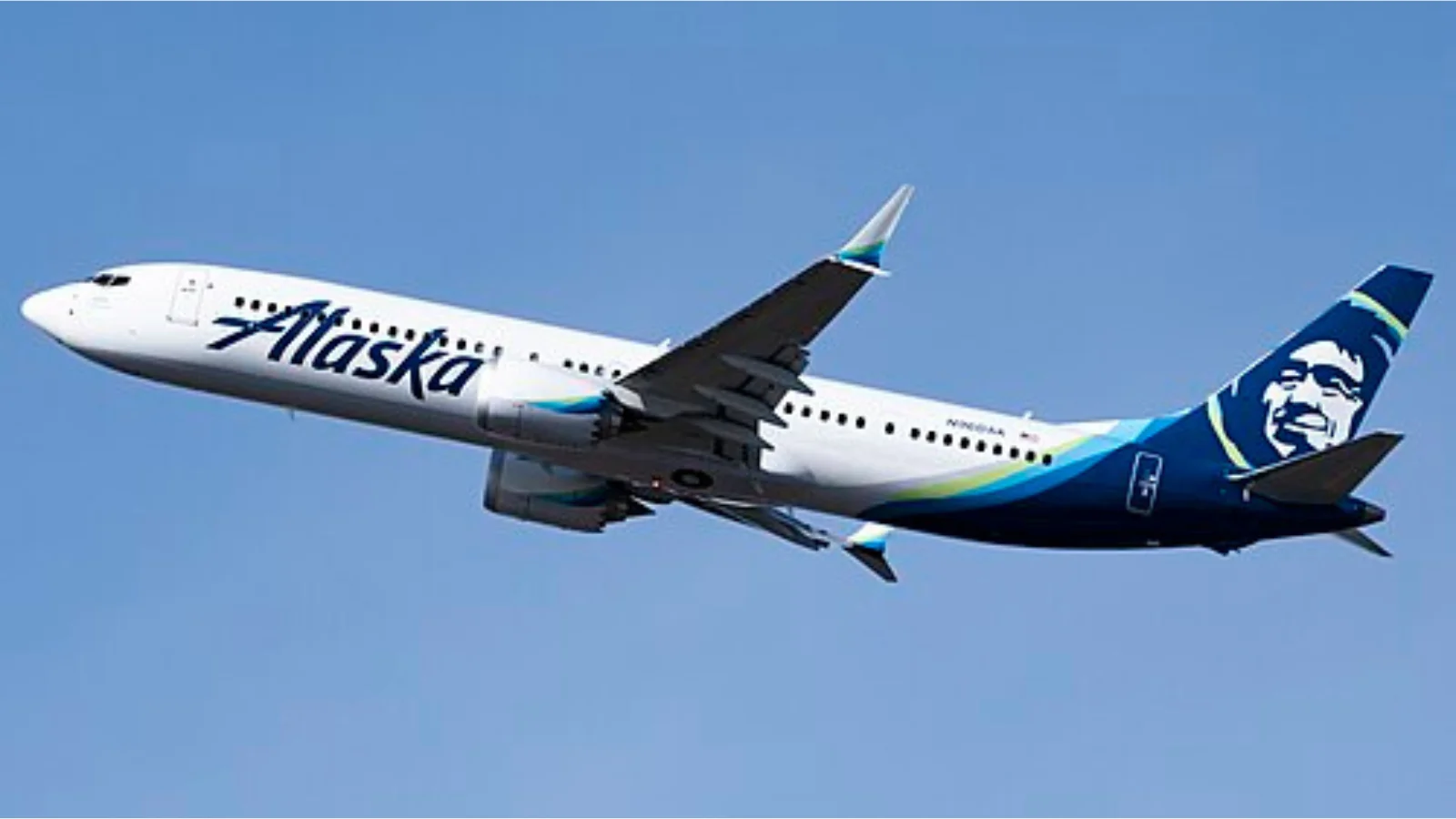By mid-2020, output had increased from seven to twelve aircraft per month and continued rising until it reached today’s level. The production cap currently in place follows an incident involving a door plug on an Alaska Airlines flight in January 2024. Market demand and FAA oversight continue to influence actual production rates.
Recently, Boeing cleared out its inventory of stored MAX jets that had accumulated during the grounding period—at one point totaling about 450 unsold airframes parked at various locations across the United States such as Moses Lake (MWH), San Antonio (Texas), Victorville (California), and Puget Sound (Washington). According to FlightGlobal, Boeing communicated internally that “with this departure, all 737 MAX airplanes stored beginning in 2019 have been reactivated for delivery, marking the beginning of the end for 737 MAX storage operations, a six-year effort involving more than 450 737 MAX airplanes.”
To maintain these stored aircraft and prepare them for delivery once cleared for service, Boeing established a 'shadow factory' at Moses Lake—a facility now set to close as resources are redirected back into regular manufacturing activities at Renton.
In response to ongoing quality concerns—including those highlighted by the door plug incident—Boeing announced plans to acquire Spirit AeroSystems in an all-stock deal valued near $5 billion. Spirit AeroSystems was previously spun off from Boeing in a restructuring move but remains a major supplier for both Airbus and Boeing. Integration is expected to streamline production as Boeing aims for higher output levels pending certification for its newer variants—the MAX 7 and MAX10—which have faced delays due to technical challenges such as engine de-icing problems.
The proposed acquisition still awaits approval from European Union regulators who are reviewing potential commercial impacts; their decision is expected by late September.
FAA oversight remains stringent. The agency continues inspecting every jet leaving Renton’s assembly line while also supervising certification processes for new variants like the short-body MAX7 and longer-range MAX10. Despite some airlines placing large orders for these models—including Southwest Airlines’ significant purchase of MAX7s—Boeing has not requested permission yet from regulators to increase monthly output beyond its current cap due largely to ongoing oversight requirements.
Safety concerns remain central following two fatal crashes: Ethiopian Airlines flight302 in March2019 and Lion Air flight610 earlier that claimed346 lives combined. These incidents led authorities to ground all MAX jets worldwide for20 months while investigations revealed lapses in safety protocols during original certification—a process during which Boeing admitted it had misled regulators but also shifted blame onto technical pilots involved.
Legal proceedings resulted in substantial settlements: under revised terms,Boeing will contribute an additional$444.5 million toward crash victim compensation funds,on top of$500 million already paid.The company agreed on total penalties amounting to$2.5 billion—including$1.7 billion earmarked for affected airlines—and further fines imposed by U.S.government authorities.Discussions around non-prosecution deals continue as victims’ families voice dissatisfaction with settlement amounts,some calling them insufficient given what Judge O’Connor described as“the deadliest corporate crime in US history.”
As regulatory reviews proceed,Boeing continues producing existing versions like the737MAX8andMAX9,and anticipates full approval soon for expanded models.The company aims eventuallyto deliver backlogged orders delayed amid safety reviews,and hopes integration with Spirit AeroSystems will support efforts toward stabilizing future output levels.
 Alerts Sign-up
Alerts Sign-up




































